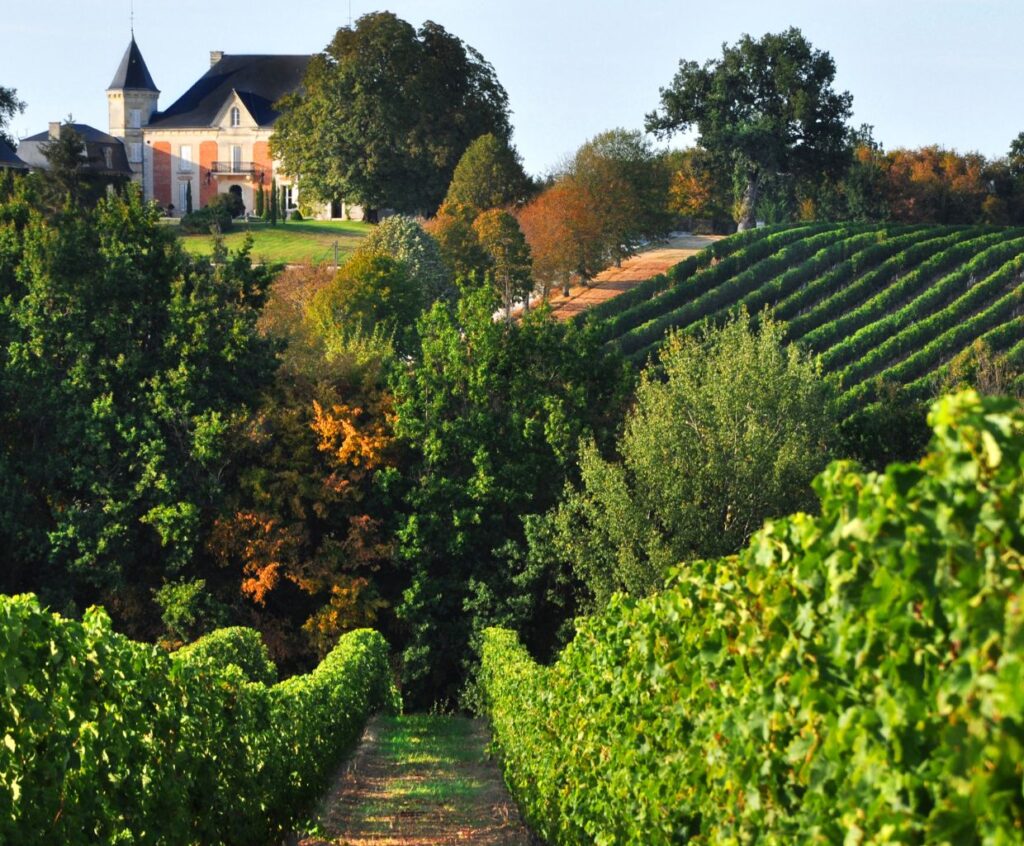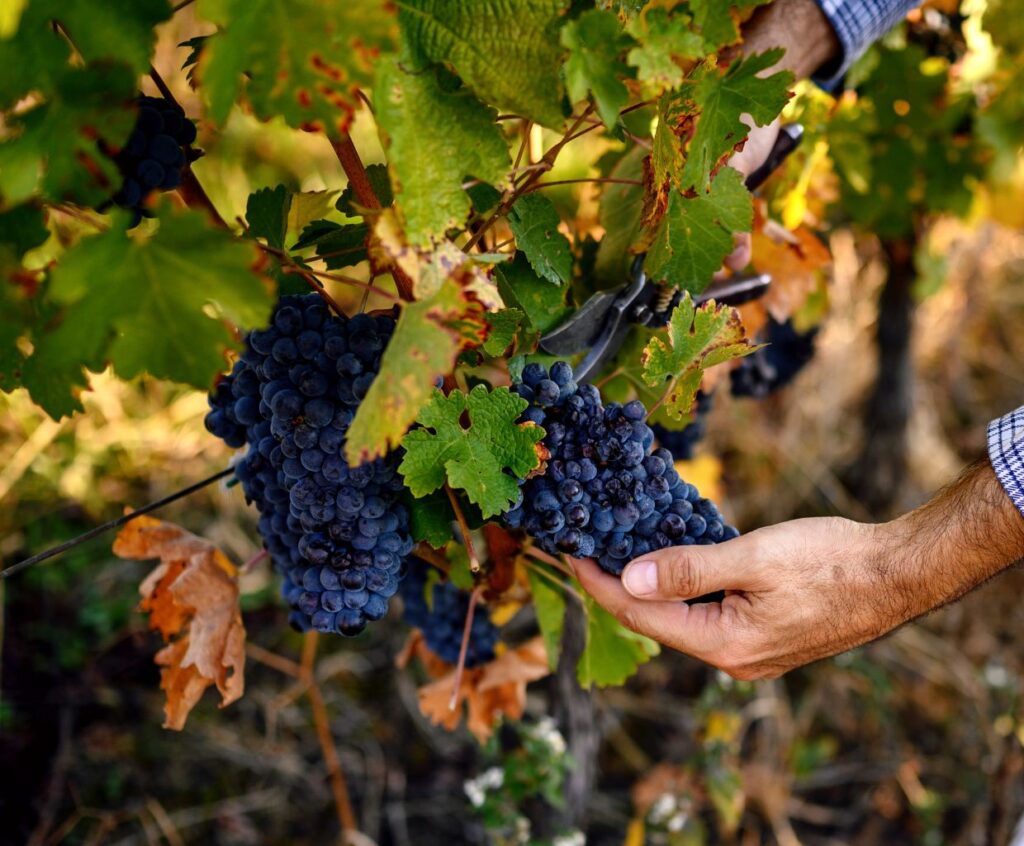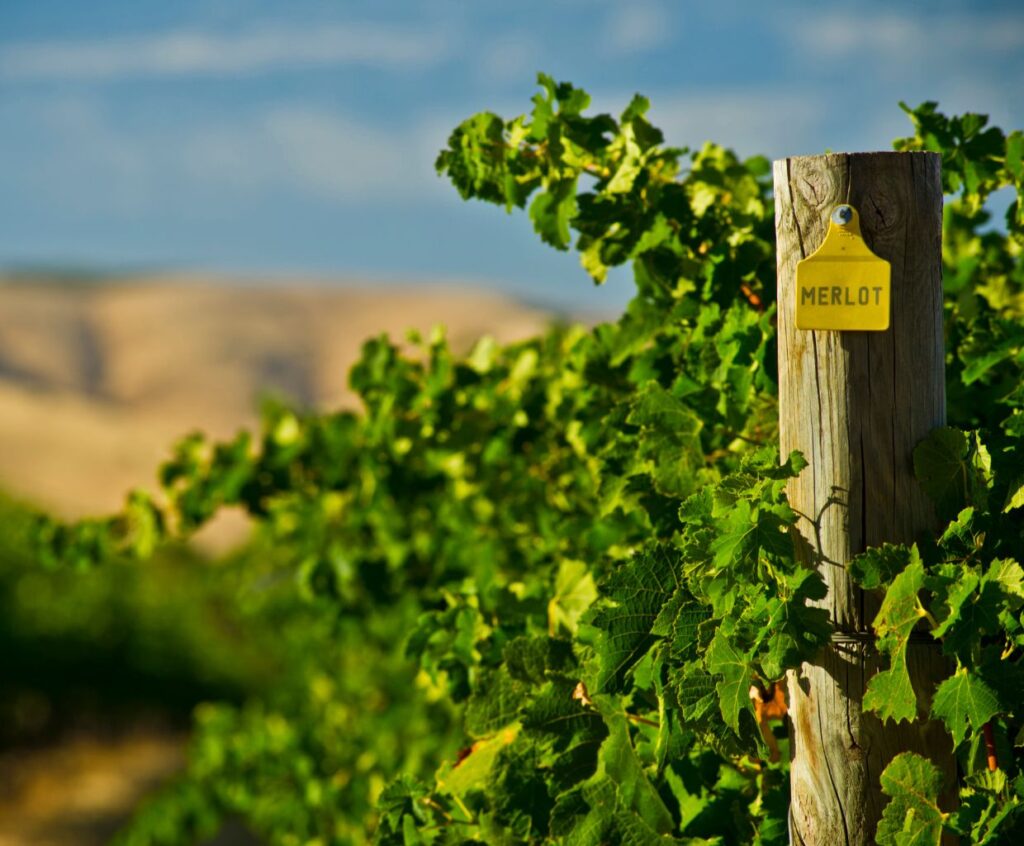Exploring the Origins of Merlot Wine: Where Does It Come From?
Hey there, wine lovers! Today, we will dive into the fascinating world of Merlot wine and explore its origins. Merlot, known for its smoothness and versatility, is one of the world’s most popular red wine varietals. But have you ever wondered where this delectable wine comes from?
Let’s find out!
France: The Birthplace of Merlot
Merlot has its roots firmly planted in the picturesque vineyards of France. Dating back to the 18th century, this wine was first cultivated in the Bordeaux region, particularly in Saint-Émilion.
The word “Merlot” is believed to have derived from the French word “merle,” which means blackbird, possibly because these birds have a penchant for eating the sweet Merlot grapes.
California: The Rise of New World Merlot
In the 19th century, Merlot made its way across the Atlantic to the sunny vineyards of California. The climate and soil conditions in regions like Napa Valley and Sonoma County proved ideal for cultivating this grape variety, resulting in exceptional Merlot wines that gained popularity worldwide.
Italy: Merlot Finds a New Home
Italy, known for its rich winemaking heritage, embraced Merlot with open arms. This grape variety found a new home in regions like Tuscany and Veneto, where winemakers blended it with indigenous Italian grapes to create unique and flavorful wines.
The popularity of Italian Merlot has been steadily growing, establishing its distinct identity alongside traditional Italian wines.
Other Regions Embracing Merlot
Aside from its origins in France, Merlot has found its way into vineyards across the globe. Countries such as Chile, Argentina, Australia, and South Africa have successfully cultivated Merlot and produced exceptional wines that showcase the unique characteristics of their respective terroirs.
Are there any specific vineyard practices or winemaking techniques associated with the origin of Merlot wine?
Yes, several vineyard practices and winemaking techniques are associated with Merlot wine’s origin. Here are some of them:
1. Vineyard Practices:
- Vineyard Location: Merlot grapes thrive in cooler climates with well-drained soils, such as those found in Bordeaux, France, where Merlot originated.
- Canopy Management: Proper canopy management techniques, such as leaf removal and shoot thinning, ensure sunlight exposure and airflow to the grape clusters.
- Harvest Timing: Harvesting Merlot grapes at optimal ripeness is crucial to achieve the desired balance of flavors, acidity, and tannins.
2. Winemaking Techniques:
- Fermentation: Merlot grapes are typically fermented at a slightly higher temperature than other red varieties. This helps to extract color, tannins, and flavors from the grape skins.
- Oak Aging: Many Merlot wines are aged in oak barrels to enhance complexity and add subtle oak flavors. The type and length of oak aging can vary, with French oak being a popular choice.
- Blending: In Bordeaux, Merlot is often blended with other grape varieties, such as Cabernet Sauvignon and Cabernet Franc. This blending technique helps to create a more balanced and complex wine.
- Malolactic Fermentation: This secondary fermentation process converts harsh malic acid into softer lactic acid and is commonly used in Merlot winemaking to enhance the wine’s smoothness and roundness.
These practices and techniques, along with the specific terroir of the region, contribute to the unique characteristics and flavors found in Merlot wines.
What are the primary regions of origin for Merlot wine production?
Merlot wine production’s primary regions of origin are Bordeaux in France and California in the United States. Other notable regions include Italy (particularly Tuscany), Chile, and Australia.
How does the terroir of different wine regions influence Merlot’s character and flavor profile?
The terroir of different wine regions plays a significant role in shaping Merlot’s character and flavor profile. Terroir refers to the combination of factors, including climate, soil, topography, and grape-growing practices, that contribute to the unique characteristics of a specific wine region.
1. Climate: The climate of a wine region affects the ripening process of grapes. Merlot thrives in moderate climates with a balance between warmth and coolness. Merlot tends to have higher acidity and more delicate flavors in cooler climates. In warmer regions, the grapes can reach higher levels of ripeness, resulting in riper fruit flavors and softer tannins.
2. Soil: Different soil types can impart distinct characteristics to Merlot grapes. For example, clay-rich soils produce Merlot wines with more structure and tannins, while gravelly or sandy soils may lead to more elegant wines. The mineral composition of the soil can also influence the flavors and aromas of the wine.
3. Topography: The topography of a wine region, including altitude and slope orientation, can impact the amount of sunlight and drainage that the grapevines receive. Higher altitudes and slopes can lead to cooler temperatures and better water drainage, producing grapes with higher acidity and more concentrated flavors.
4. Grape-Growing Practices: The specific grape-growing practices employed in different wine regions can also influence the character of Merlot. Factors such as vineyard management techniques, canopy management, and harvest timing can impact the flavor development and quality of the grapes.
Overall, the terroir of different wine regions can impart unique characteristics to Merlot, resulting in a wide range of flavor profiles. This is why Merlot wines from Bordeaux, France, may differ from those produced in California’s Napa Valley or Chile’s Central Valley. Understanding and appreciating these regional differences adds to the diversity and enjoyment of Merlot wines.
The Origins of Merlot Wine – Conclusion
So there you have it! Merlot, born in the vineyards of France, has spread its wings to become a beloved grape variety worldwide. Whether you prefer a classic French Bordeaux or an innovative New World blend, exploring Merlot’s different expressions is an adventure.
So raise your glass and toast to the origins and diversity of this remarkable red wine!




